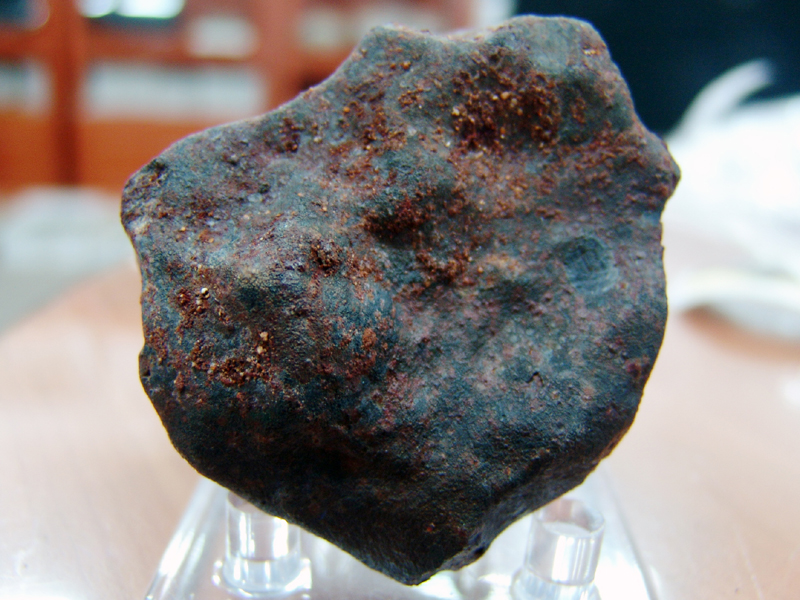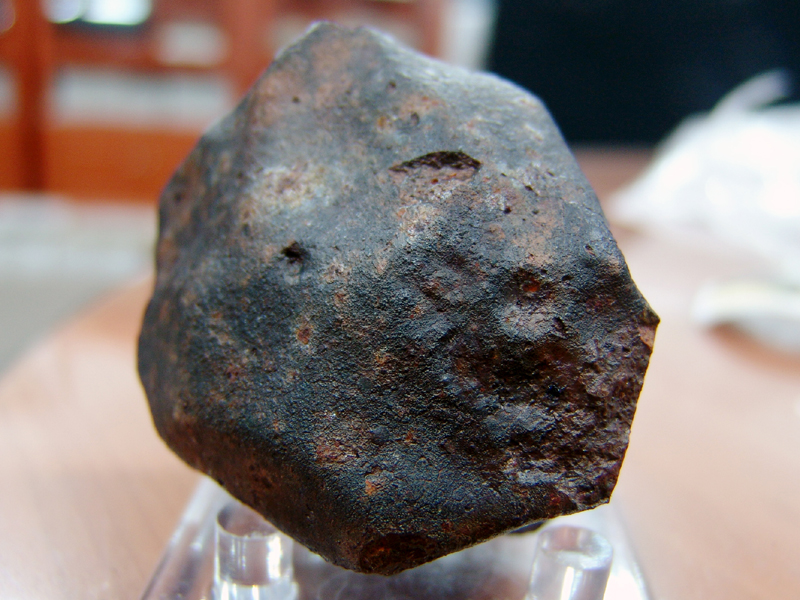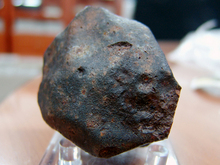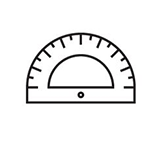석질운석 Sayh al Uhaymir 001 L4-5 
판매가 상담
할인판매가 총 할인금액 원 (모바일할인금액 원)
적립금
- 0원(0%)
-
원 %
-
원 %
-
원 %
-
 원 %
원 %
-
원 %
-
원 %
-
원 %
-
원 %
| 국내/해외배송 | |
|---|---|
| 배송비 방법 | 택배 |
| 배송비 | 4,000원 (50,000원 이상 구매 시 무료) |
| 수량 |
|
| 상품 정보 | 가격 | 삭제 |
|---|---|---|
| [총 상품금액(수량)] 0 (0개) | ||
Sayh al Uhaymir 001
Information about the name
Name: Sayh al Uhaymir 001
This is an OFFICIAL meteorite name.
Official abbreviation: SaU 001
Observed fall: No
Year found: 2000
Class: L4-5
Country: Oman
Coordinates: 20° 31'N, 56° 40'E
This is 1 of 632 approved meteorites from Al Wusta, Oman
This is 1 of 1812 approved meteorites from Oman (plus 306 unapproved names)
This is 1 of 27515 approved Ordinary chondrites (plus 33 unapproved names)
This is 1 of 3033 approved meteorites classified as L5 (plus 1 unapproved name)
References:
Published in Meteoritical Bulletin, no. 84, MAPS 35, A199-A225 (2000)
Find references in NASA ADS
Mass:450 kg
Date:16 Mar 2000
Latitude:20°31.0'N
Longitude:56°40.0'E
Mass (g):408 kg
Pieces:1000's
Class:L4/5
Shock stage:S2
Weathering grade:W1
Fayalite (mol%):24.7
Ferrosilite (mol%):21.4
Info:M. Ivanova, M. Nazarov, and S. Afanasiev (Vernad)
Institutions and collections
Vernad: Vernadsky Institute of Geochemistry and Analytical Chemistry, Russian Academy of Sciences, Kosygin Str. 19, Moscow 117975, Russia.
SAU 001 L4/5 METEORITE
The meteorite Sayh al Uhaymir 001 was found during on March 16, 2000 on the surface of the Oman desert by european meteorite hunters at coordinates 20°31.0'N 56°40.0'E. Classified by the Russian Academy of Sciences. This is an unusual L4/5 stone chondrite with a stock rating of 2 and a weathering grade of 1, Fa mol % 24.7, Fs mol % 21.4. Several hunters have tried their luck on this field since the original find and thousands of stones have been recovered, the total weight is unknown. Find information published in Meteoritical Bulletin, No. 84, 2000 August.
Although the meteorite has a low weathering grade, most of the stones show more weathering then they should. This has led some people to believe that water was present in this stone at one time. (Note the weathering spot in the middle of the slice below).















 확대보기 및 상세정보
확대보기 및 상세정보